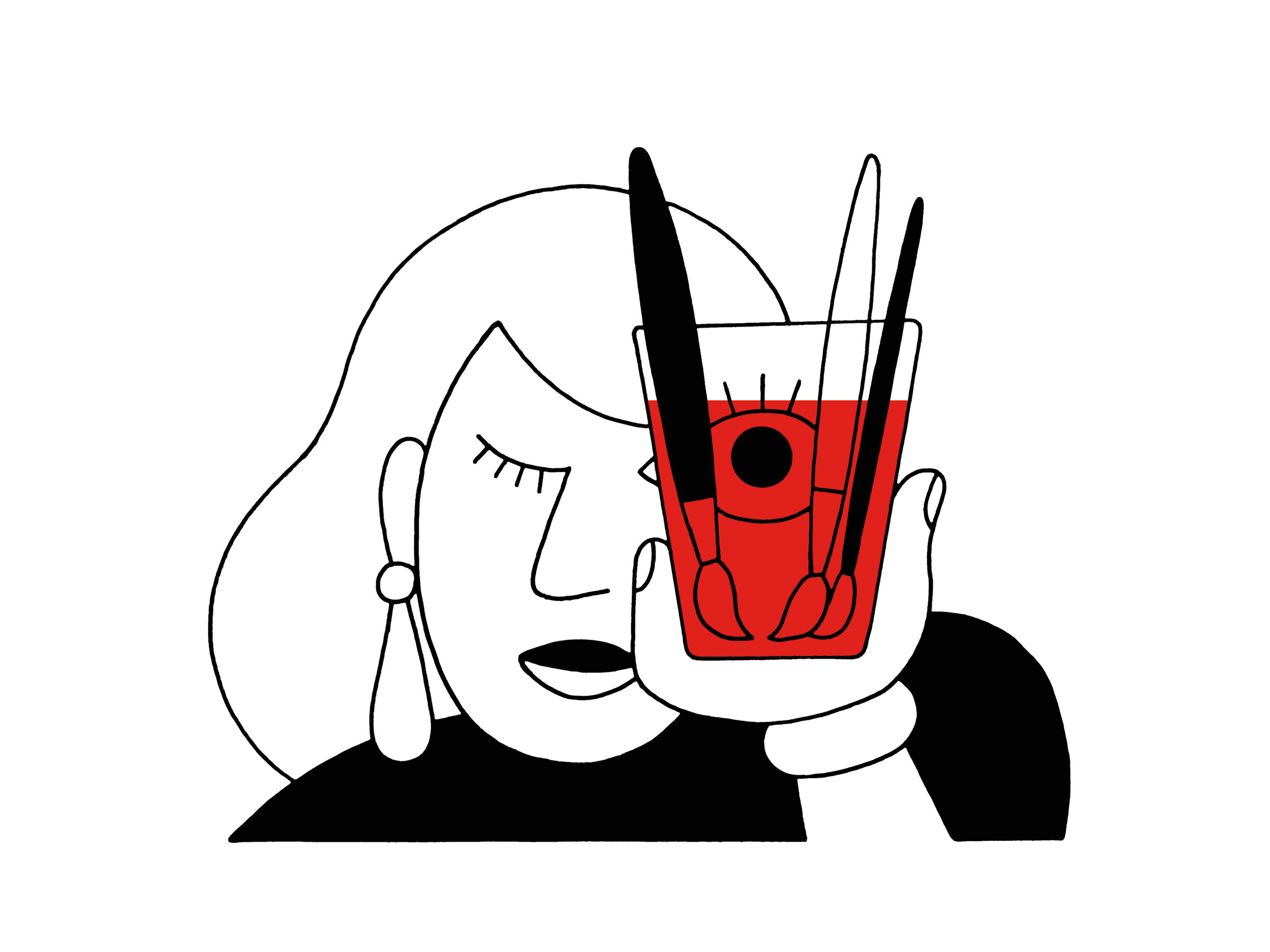How to sharpen your critical thinking skills
Amy Herman ’88 trains leaders around the world in how to make tactical decisions. Here, she shares three habits that will help improve any problem-solving process.

ILLUSTRATION BY MIGUEL PORLAN
The FBI. Peace Corps. United States Postal Service. Johnson & Johnson. Georgetown University Hospital. New York City Public Schools. These are just a bite-size sample of the organizations around the world that have enlisted Amy Herman ’88 to empower employees with a vital skill: critical thinking.
The founder and president of The Art of Perception Inc., Herman takes an innovative approach to the professional development training she provides to leaders across industries. She uses artwork as a means to challenge people to change how they see things, make keener observations, and tactfully glean information from any situation to more effectively perform their jobs.
“At Lafayette, I discovered something in my liberal arts education I wouldn’t have otherwise: how powerful art is,” Herman says. “Now, I teach others how to look at art as data they’ve never seen before, ask questions, and use the power of perception to bring a fresh set of eyes to what they do every day.”
At the heart of critical thinking, Herman says, is “visual intelligence,” or the ability to gain clarity by seeing things from different perspectives. As she notes, understanding that there are multiple lenses through which a single situation can be viewed helps us make more acute assessments and better-informed decisions.
Ready to see and impact the world in a new way? Here’s Herman’s advice for thinking more critically.
Make yourself uncomfortable
Falling into a daily routine is a common human experience, as it provides a sense of security. But it often causes us to miss out on new experiences that can help us grow our thought processes. Herman suggests making a daily conscious effort to either notice something new in your everyday surroundings or put yourself in an unfamiliar situation. “It could be something as small as taking a different route to work, or as big as traveling to a place where you don’t speak the language,” Herman says. “Making yourself uncomfortable strengthens your situational awareness and neuroplasticity, trains your brain to get out of a linear way of thinking, and expands your ability to adapt.”
Understand “the pertinent negative”
Herman teaches her trainees about “the pertinent negative,” the concept of noticing what’s not present in addition to what is in order to gain a fuller picture of a situation. “In medicine, the symptoms patients don’t talk about are just as, if not more, important than the ones they do talk about, and that’s critical to a doctor’s assessment,” Herman says. “When you’re looking to solve a problem at work, think about what people aren’t saying or what didn’t happen at a meeting. Ask yourself: ‘What do I know? What don’t I know? And if I had the opportunity to get one more piece of information, what would I need to know?’ It makes big challenges less daunting, and it helps you create better solutions.”
Choose your words carefully
Two words you should strike from your vocabulary, according to Herman, are “obviously” and “clearly.” Because we all view things differently, what’s clear to one person may not be so to another. “Never assume we’re all thinking about the same elephant in the room,” Herman says. “We live and work in a complex world where nothing is obvious. Instead, explain why something appears to you the way it does. Not only will that help you better understand your own perceptions, but it’ll help others gain clarity on them too. The words you use to talk to your team during a presentation, a meeting, an investigation—they matter.”



